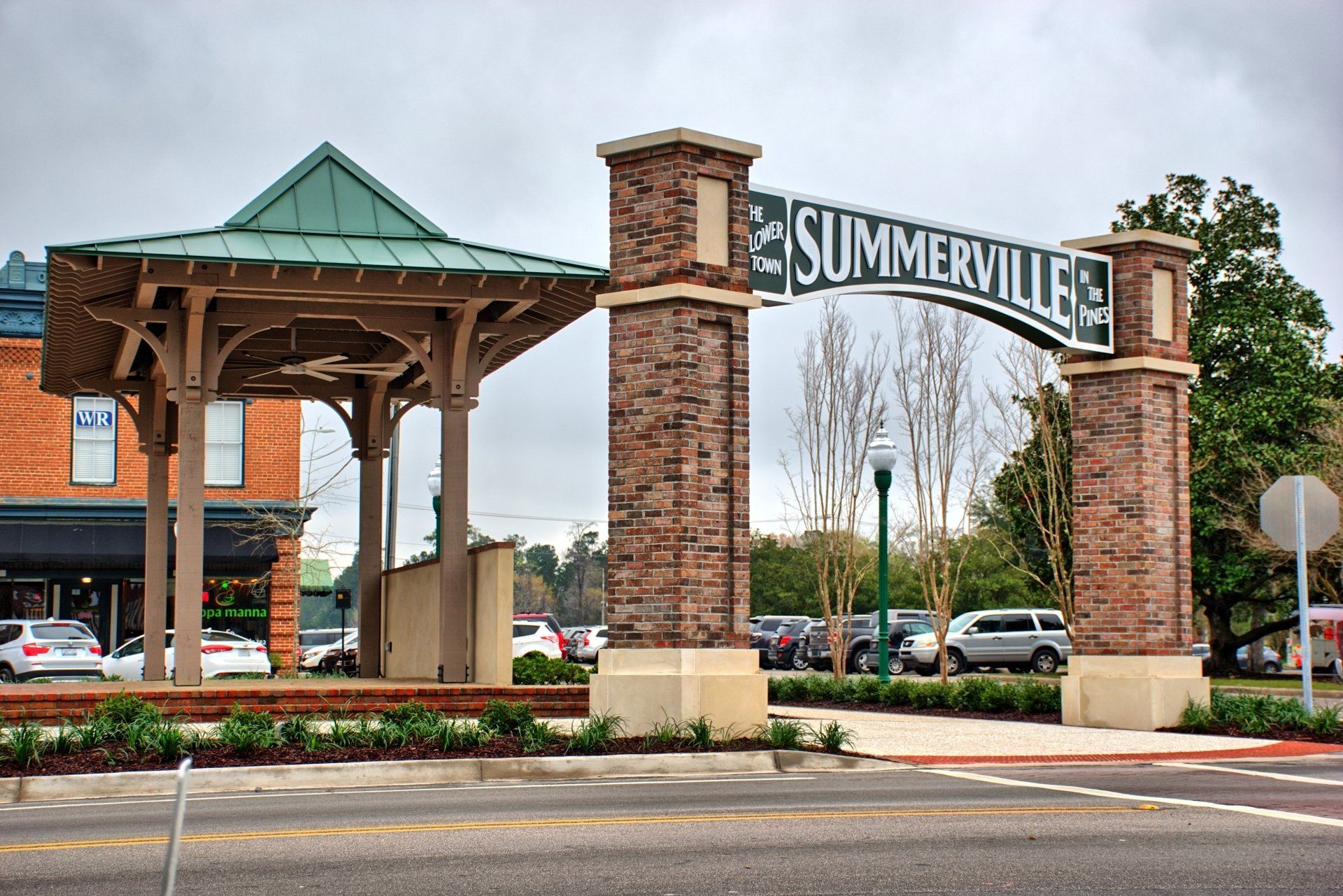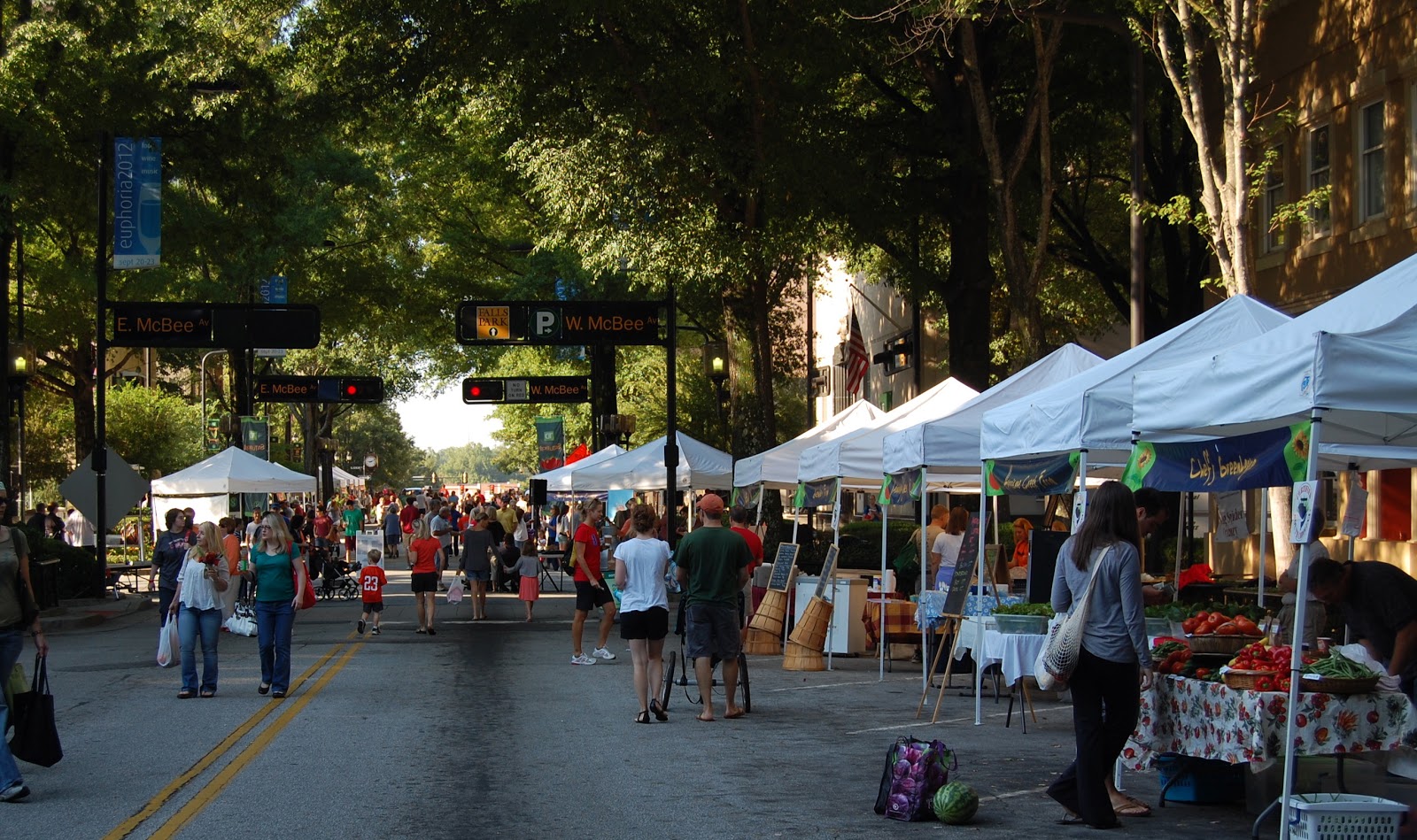


He proposed that the land bordering the Summerville drainage canals be used for a park, put together grants to fund the project, and created jobs for unemployed residents constructing it.

It was the foresight of Mayor Grange Cuthbert that resulted in the creation of the now-famous Azalea Park. Though real estate sales were steady, the Great Depression brought the Golden Age to a close. In 1886, an earthquake rocked homes from their foundations, and seven years later a severe hurricane robbed Summerville of more than 1,000 pine trees. Summerville was in its heyday, with the rich and famous coming from far and wide to enjoy the music, theater-everything the village had to offer. Today, Summerville is home to the Five Star Woodlands Inn and Resort. Inns and hotels with fanciful names like The Wisteria, Carolina, Halcyon, White Gables and Squirrel sprouted up to accommodate the renewed influx of visitors. The supposed therapeutic value of the pines and the mild climate were once again driving up the popularity of Summerville.Ī typical 19th century advertisement would read: “Charleston’s Suburban Resort ‘Among the Pines.’ Summerville, South Carolina – The Unsurpassed Health Resort and Winter Home, The Greatest Sanitarium in the World.” Recovering patients, traveling doctors, and vacationers flocked to Summerville, for it had become the world’s most popular health retreat. In the late 1880’s, a congress of physicians met in Paris and touted Summerville as one of the most healthful places in the world for patients with lung disease. The War Between the States slowed growth in Summerville, but fortunately the area was less physically damaged than other towns, causing summer vacationers to move in permanently, rather than return to their damaged plantations. Those early efforts at preservation have earned Summerville the title of Tree City USA from the USDA Forest Service. The ordinance to protect the trees was tightened up through the years and is said to be the oldest tree ordinance in South Carolina. It would be forever and a day before the residents would lose the precious trees that provided their healthful air.īy 1847 the town was incorporated to include both the old and the new settlements and was called the Village of Summerville.

Specifications on size and circumference were included with the purchase. Large tracts of pineland that had been purchased by the railroad to fuel its locomotives were later divided into parcels for residential use, and sold with a covenant to protectnot less than 15 pine trees per parcel. The “new town,” as it was called, was just east of the original settlement of Old Summerville and Mayor Edward L. By 1830 the South Carolina Railroad came through Summerville and a new town plan was laid out with streets parallel and perpendicular to the tracks for easy travel access. It didn’t take long for this quaint village retreat to become popular. By 1828, twenty-eight families had built summer cottages, and Summerville was born. They consisted of two rooms on each side of a wide hall, and a fireplace in each room. Those healthy breezes were enjoyed in what were known as “mosquito houses,” non-insulated structures designed to allow air to flow freely throughout. What they did know, though, was that they felt better in this village among the pines. What they didn’t know then was that the mosquitoes were causing the malaria. They believed that harmful gases rose up from the low-lying rice fields and swamps along the coast and caused malaria. Lowcountry residents found in the town’s lofty location a respite from the subtropical heat and disease of the summer. Cool breezes whispering through forests of pine were what brought Summerville its first visitors.


 0 kommentar(er)
0 kommentar(er)
